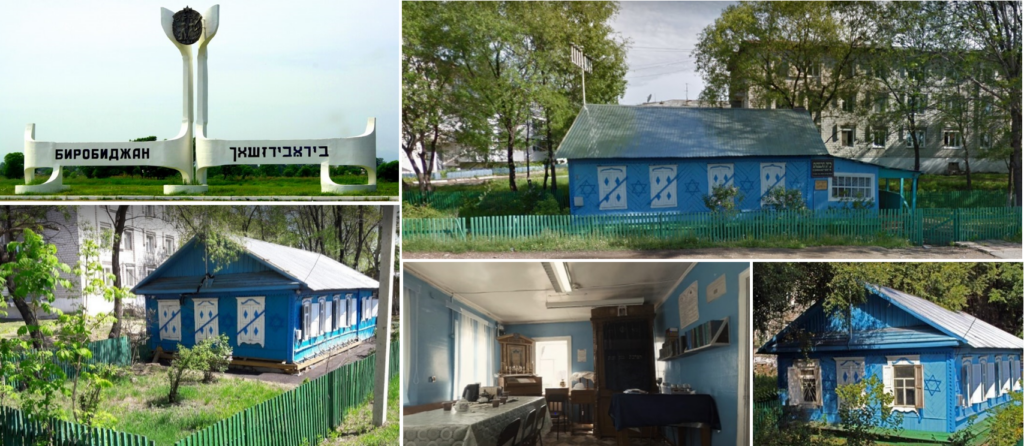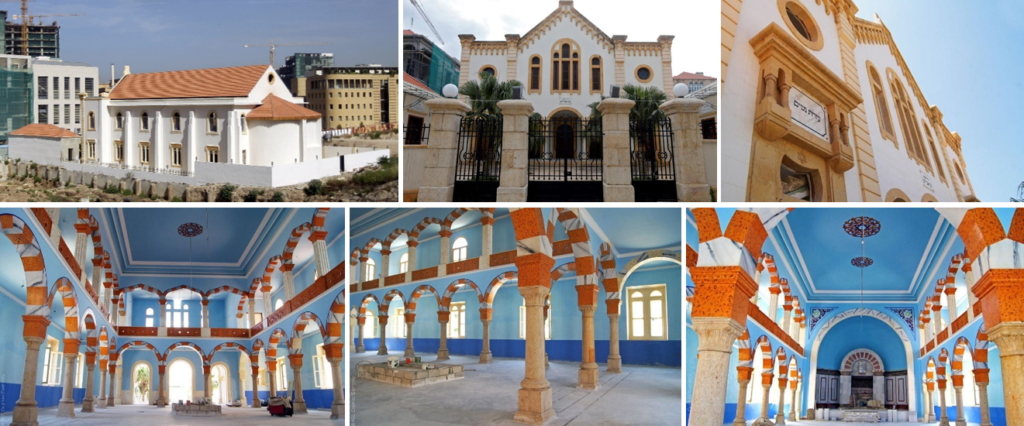
Parash VaYelekh (וילך – he went), Shabbat Shuva1, Deuteronomy 31:1-30.
At 30 verses, this is the shortest of the weekly sections.
Moses recalls his old age and entrusts Joshua with leading the people. He gives the text of the Torah to the Levites, so that they place it in the Ark of the Covenant.
The haftarah consists of 2 (or 3 passages)2 from the Prophets: Hosea 14:2–10 [, Joel 2:11–27] and Micah 7:18–20
Hosea 14 הושע
ב שובה, ישראל, עַד, יי אלקיך : כי כשלת, בעונך.
2 Return, Israel, to the L-rd your Gd; for you have only fallen by your sin.
From the 18th to the 20th centuries, the tsarist autocracy made state anti-Semitism reign. It is often the cause of pogroms. In 1917, with the advent of Bolshevism, new forms of anti-Semitism, on a communist ideological background, appeared.
In the years 1928-1938, in response to the Jewish question, Stalin moved around 40,000 Jews3 to an uninhabited territory at the eastern end of Russia, Birobidjan4 . From 1947 to 1953, state anti-Semitism raged there with virulence, when Jews represented nearly 40% of the population. Jewish schools, synagogues and all specifically Jewish places are closed. In 1978, a decree from the Central Committee again authorized Jewish culture in the region. But it was not until the advent of perestroika and glasnost5 in 1985, under Mikhail Gorbachev6 that Jewish life was revived in the region.
In 1986, the Beit T’shuva Synagogue in Birobidjan opened in a simple Siberian-style wooden house. At first, elements of Jewish and Christian traditions mingle. In 2005, the cult became strictly Jewish. In September 2017, the synagogue was renovated and Rav Eli Riss sounded the shofar there.
1 Shabbat before Yom Kippur
2 Depending on communities: Sephardim or Ashkenazi
3 Currently about 3,000 Jews live in Birobidjan.
4 The Jewish autonomous region of Birobidjan, named after its capital located at the confluence of the Bira and Bidjan rivers. The official languages are Russian and Yiddish.
5 Perestroika (reconstruction): economic, cultural and social reforms and glasnost (transparency): politics of freedom of expression
6 Head of state of the USSR (1985-1991), Nobel Peace Prize winner (1990), born in 1931, died on August 30, 2022 in Moscow.



